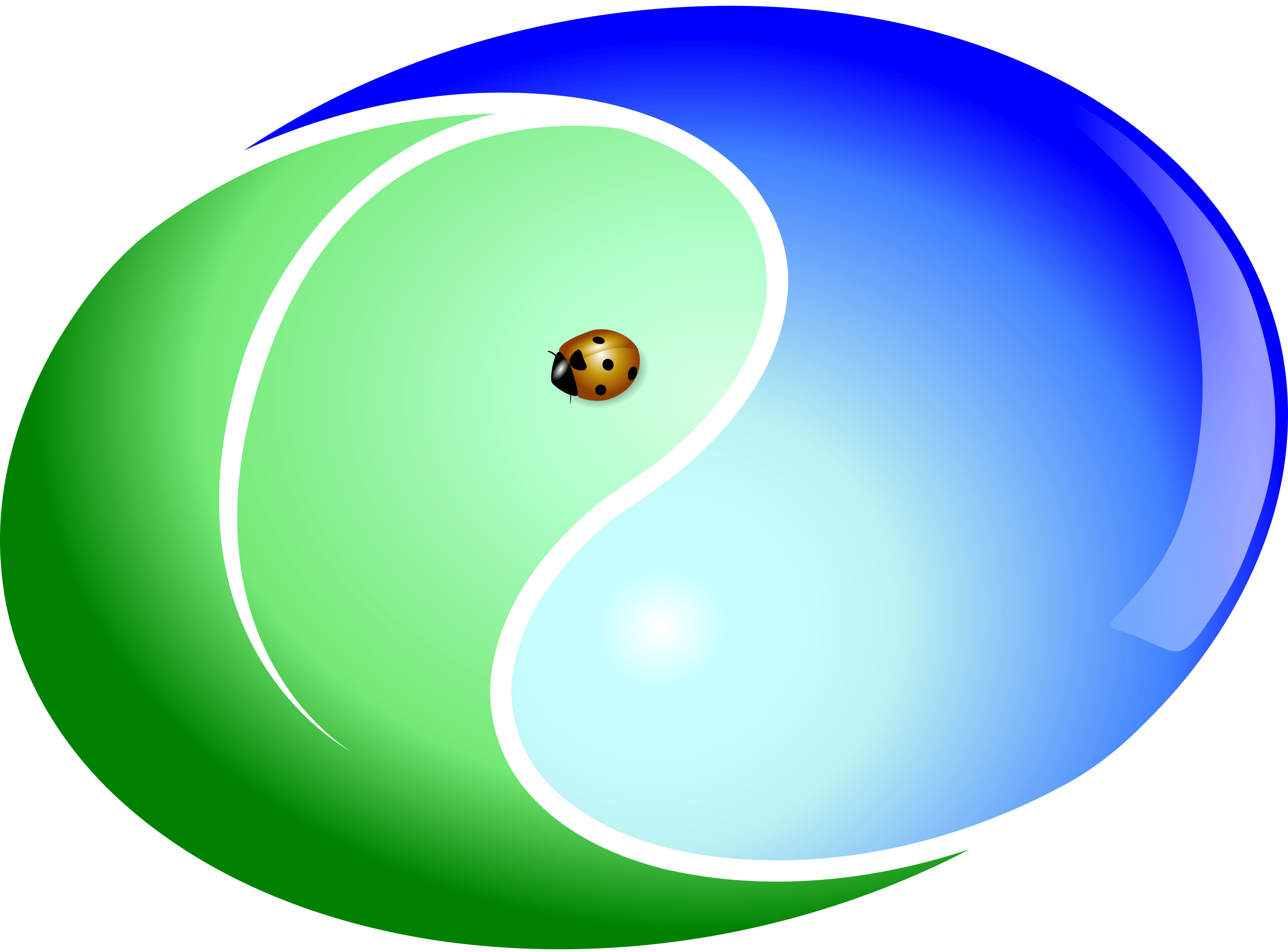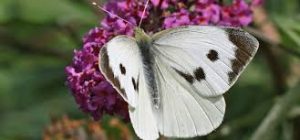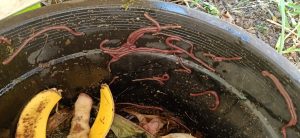If you have ever grown potatoes I am sure you have probably walked out into your garden one morning to see this… Holes eaten in all the leaves.
You may already know you are under attack by the 28-spotted ladybeetle and it isn’t hard to find the culprit. Walking around on your potato plants as bold as ever.
Most ladybeetles are “good guys” (although I don’t like to use the term “good bug” and “bad bug” because, to me, every bug serves a purpose in my garden ecosystem – even the ones that have been condemned as “bad”).
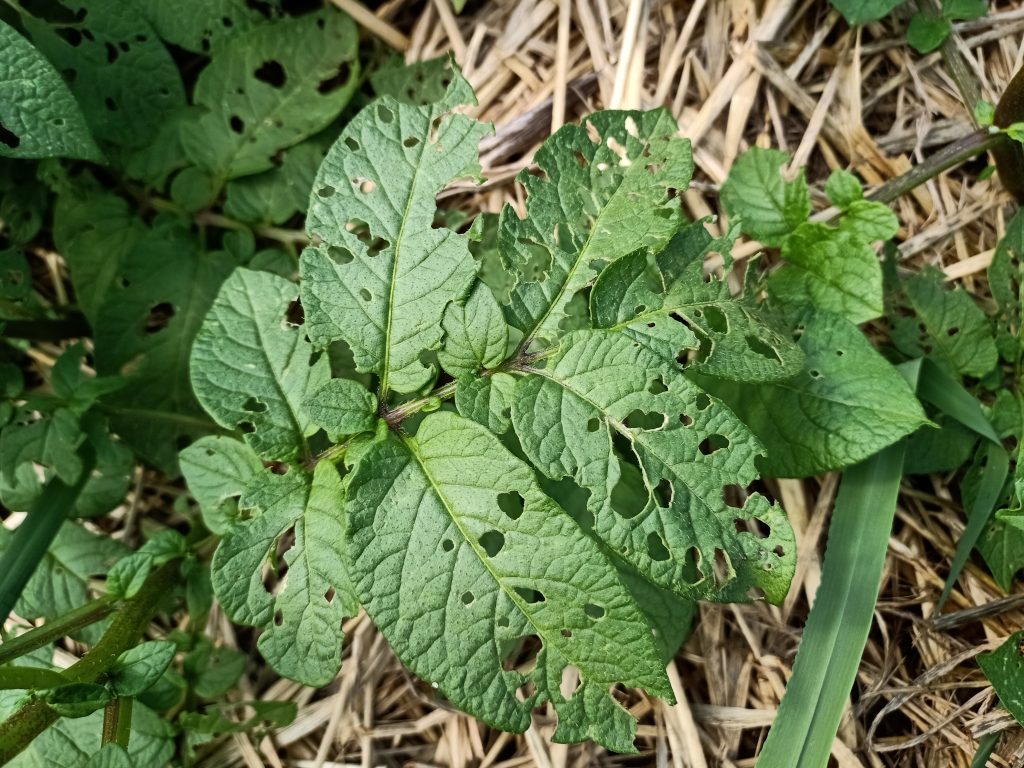
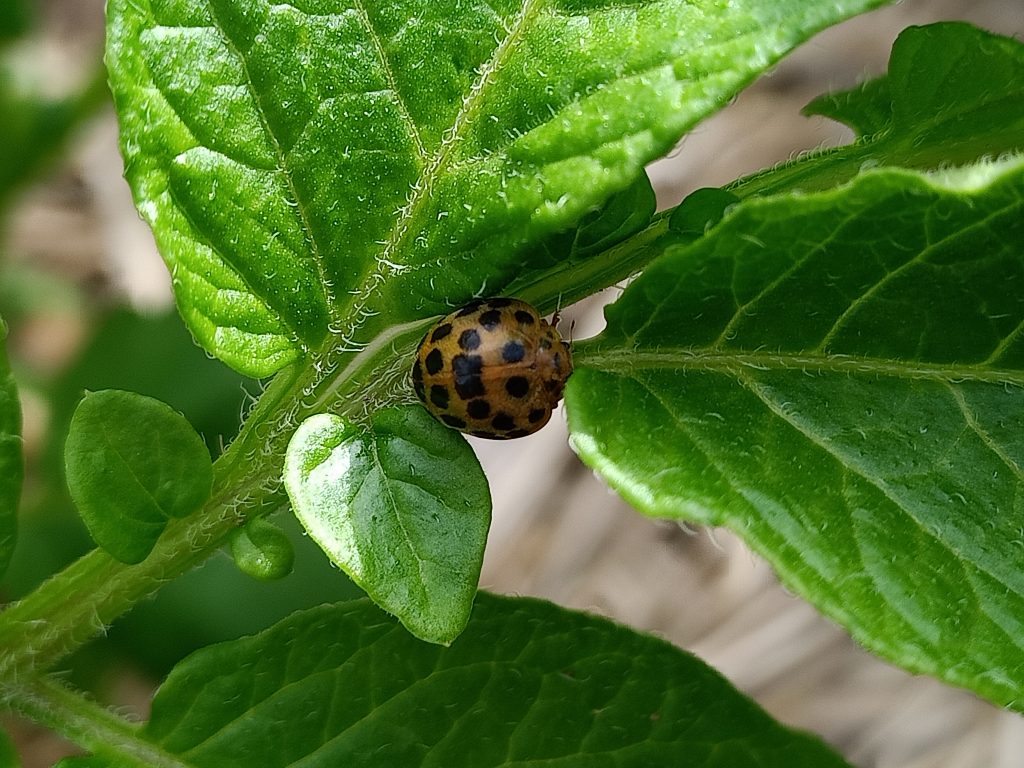
This large and conspicuous ladybeetle has more spots than other species and the colour tends to go more towards a dirty yellow-orange rather than the vibrant red-orange of lots of other ladybeetles.
Look for the tell-tale holes in the leaves. These ladybeetles attack plants in the solanaceae (nightshade) family. There is also a species which attacks plants in the cucurbitaceae (cucumber) family.
Make sure you identify them correctly as you don’t want to accidentally start a war on your beneficial ladybeetles.
So what do you do?
Well, you could spend endless hours day after day removing the ladybeetles by hand and squashing them. But this is a never-ending job. There will always be more ladybeetles just waiting to fly in from your neighbour’s patch.
Before I tell you what I am doing I am going to start with a story.

A few years back when I used to wage war on my weeds I had a patch of blackberry nightshade that happened to be infested with the 28-spotted ladybeetle. One day I pulled them all out. What happened? All of those ladybeetles quickly moved onto my adjoining pepino plants instead and started eating those! So I let the blackberry nightshade grow back and low-and-behold the ladybeetles moved back onto the blackberry nightshade and left my pepino alone.
This was a real eye-opening moment for me. Give your pests something they PREFER and they will leave your other plants alone.
I don’t advocate the complete elimination of any species in our gardens (including the pest insects) as we may not fully understand their role in our ecosystem when it comes to supporting other beneficials such as birds and predatory insects. So I will continually look for a solution to have nature control their population or move them elsewhere before I start to think about eradication.
Our property has plenty of Blackberry nightshade growing so I have dug up several and transplanted them around my potato patch. Once they get established the 28-spotted ladybeetle will move off my potato plants.

In the photo above from my garden last year you can see a potato plant on the left and next to this (on the right and towards the top) is a Blackberry nightshade weed that has started getting attacked by the 28-spotted ladybeetle. As you can see, my potatoes have barely been touched as the ladybeetle has given preference to the Blackberry nightshade.
Oh! And the twist to this story? I eat the berries of the Blackberry nightshade. They taste a little bit like blueberries but not as sweet(*).
Now run outside and create your oasis!
Jo
(*) Please be sure to positively identify any weeds in your garden before you eat them. Full Cycle Permaculture accepts no responsibility if poisoning should occur due to plants being identified as edible when they are not.
